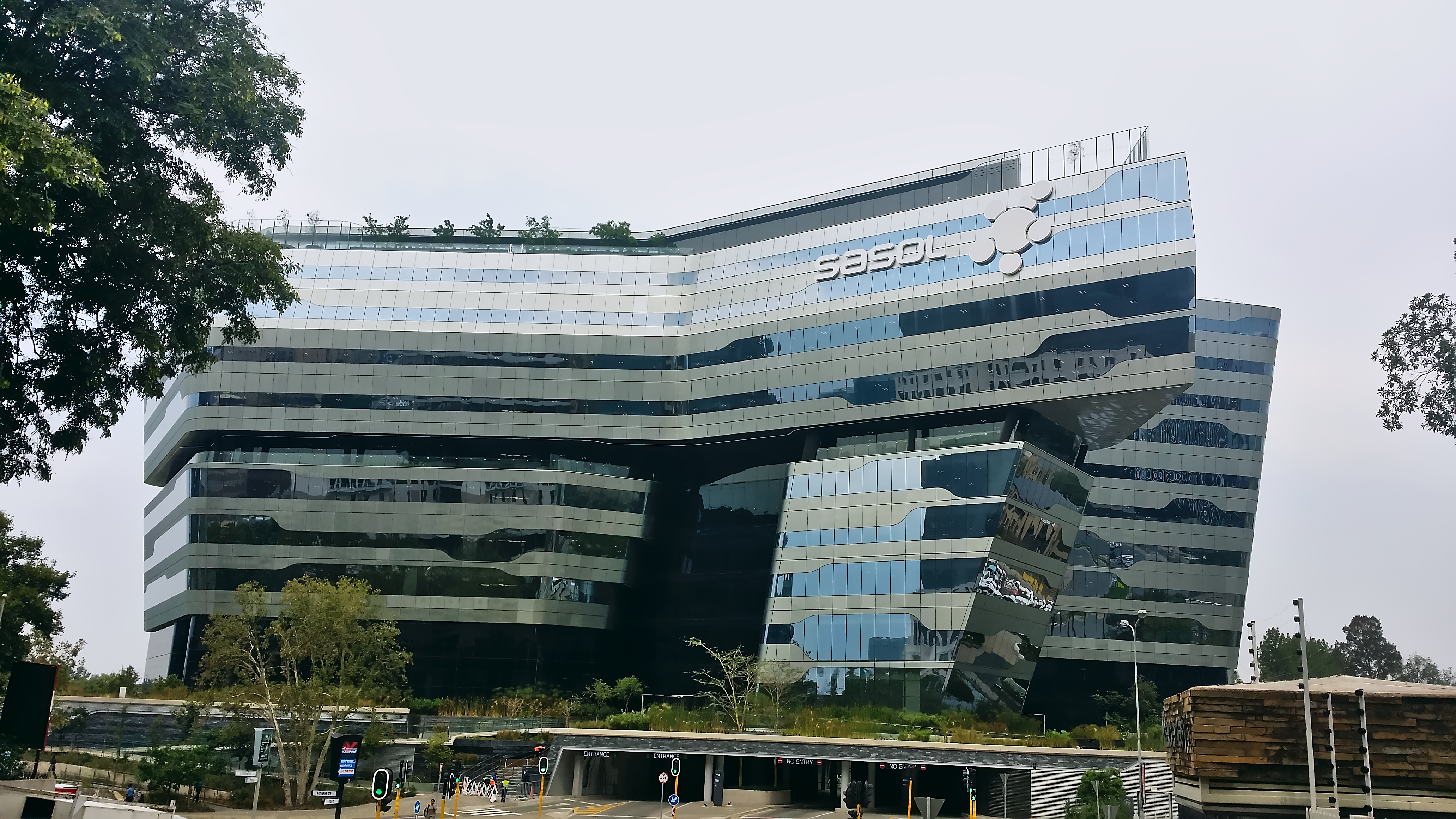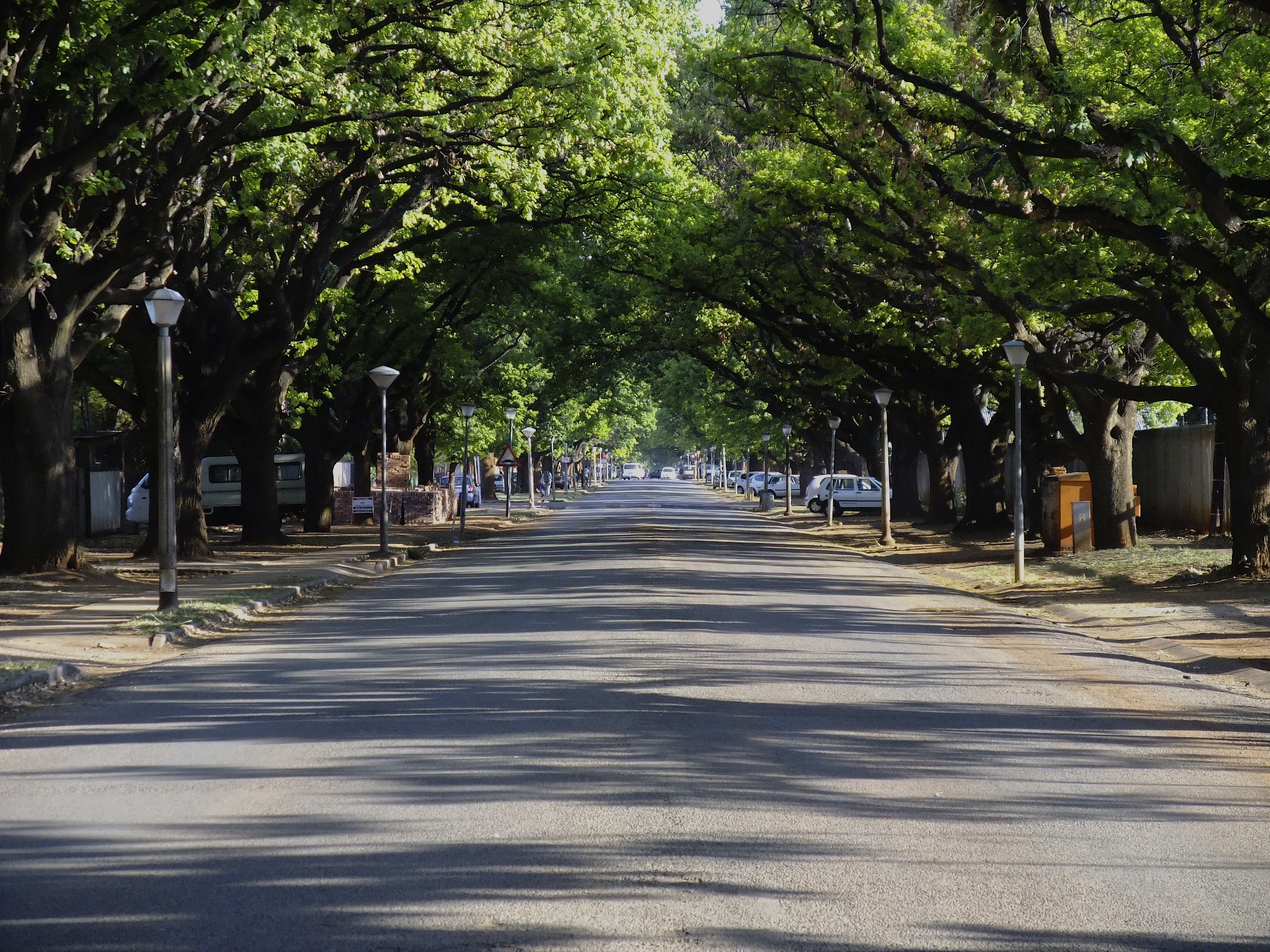|
Transnet Pipelines
Transnet Pipelines, a subsidiary of Transnet, is the principal operator of South Africa's fuel pipeline system. It is responsible for over of pipelines. It is responsible for petroleum storage and pipeline maintenance. Transnet Pipelines works with petrols, diesel fuel, jet fuel, crude oil and natural gas ( methane rich gas). Total throughput is over per year. History The introduction of pipelines to convey petroleum in South Africa occurred in 1963 with a Bill enacted in parliament granting the right to manage them to the South African Railways and Harbours Administration (SAR&H). The Bill called for pipelines to be built 1.5 metres underground where possible. South Africa in the 1960s was undergoing an economic boom which resulted in a requirement to increase petroleum products by twelve percent to meet demand. Prior to this point, rail transport via Maputo (Lourenço Marques) and Durban was the main means of transport and was reaching a point full capacity. Industry and ... [...More Info...] [...Related Items...] OR: [Wikipedia] [Google] [Baidu] |
Durban
Durban ( ) ( zu, eThekwini, from meaning 'the port' also called zu, eZibubulungwini for the mountain range that terminates in the area), nicknamed ''Durbs'',Ishani ChettyCity nicknames in SA and across the worldArticle on ''news24.com'' from 25 October 2017. Retrieved 2021-03-05.The names and the naming of Durban Website ''natalia.org.za'' (pdf). Retrieved 2021-03-05. is the third most populous city in after and |
Pietermaritzburg
Pietermaritzburg (; Zulu: umGungundlovu) is the capital and second-largest city in the province of KwaZulu-Natal, South Africa. It was founded in 1838 and is currently governed by the Msunduzi Local Municipality. Its Zulu name umGungundlovu is the name used for the district municipality. Pietermaritzburg is popularly called Maritzburg in Afrikaans, English and Zulu alike, and often informally abbreviated to PMB. It is a regionally important industrial hub, producing aluminium, timber and dairy products, as well as the main economic hub of Umgungundlovu District Municipality. The public sector is a major employer in the city due to local, district and provincial governments located here. The city has many schools and tertiary education institutions, including a campus of the University of KwaZulu-Natal. It had a population of 228,549 in 1991; the current population is estimated at over 600,000 residents (including neighbouring townships) and has one of the largest populatio ... [...More Info...] [...Related Items...] OR: [Wikipedia] [Google] [Baidu] |
Ogies
Ogies is a settlement in Nkangala District Municipality in the Mpumalanga province of South Africa. It is a coal-mining town 29 km south-west of Witbank and 70 km north-east of Springs. History It was laid out in 1928 on the farm Oogiesfontein, 'fountain with many "eyes" or springs'. The name is derived from that of the farm. The town developed around train station built there in 1928. The original name of the town was Oogies but that changed to the current version in 1939. Economy Mining African Exploration Mining and Finance Corporation built its first coal mine at Vlakfontein, near Ogies, which was completed in January 2011. It mostly supplies coal to the nearby Kendal Power Station. Infrastructure Transportation Ogies is an important railway junction on the Springs to Witbank rail-line, a line that connects to the Port of Richards Bay. It has several branches of tracks that service the coal mines close to the town. Roads The town is connected by two main roads, ... [...More Info...] [...Related Items...] OR: [Wikipedia] [Google] [Baidu] |
Sasol
Sasol Limited is an integrated energy and chemical company based in Sandton, South Africa. The company was formed in 1950 in Sasolburg, South Africa and built on processes that were first developed by German chemists and engineers in the early 1900s (see coal liquefaction). Today, Sasol develops and commercializes technologies, including synthetic fuels technologies, and produces different liquid fuels, chemicals, nuclear, coal tar and electricity. Sasol is listed on the Johannesburg Stock Exchange (JSE: SOL) and the New York Stock Exchange (NYSE: SSL). Major shareholders include the South African Government Employees Pension Fund, Industrial Development Corporation of South Africa Limited (IDC), Allan Gray Investment Counsel, Coronation Fund Managers, Ninety One, and others. Sasol employs 30,100 people worldwide and has operations in 33 countries. It is the largest corporate taxpayer in South Africa and the seventh largest coal mining company in the world. History ... [...More Info...] [...Related Items...] OR: [Wikipedia] [Google] [Baidu] |
Drakensberg
The Drakensberg (Afrikaans: Drakensberge, Zulu: uKhahlambha, Sotho: Maluti) is the eastern portion of the Great Escarpment, which encloses the central Southern African plateau. The Great Escarpment reaches its greatest elevation – within the border region of South Africa and Lesotho. The Drakensberg escarpment stretches for more than from the Eastern Cape Province in the South, then successively forms, in order from south to north, the border between Lesotho and the Eastern Cape and the border between Lesotho and KwaZulu-Natal Province. Thereafter it forms the border between KwaZulu-Natal and the Free State, and next as the border between KwaZulu-Natal and Mpumalanga Province. The escarpment winds north from there, through Mpumalanga, where it includes features such as the Blyde River Canyon, Three Rondavels, and God's Window. It then extends farther north to Hoedspruit in southeastern Limpopo where it is known as 'Klein Drakensberg' by the Afrikaner. From Hoedspruit i ... [...More Info...] [...Related Items...] OR: [Wikipedia] [Google] [Baidu] |
Apartheid
Apartheid (, especially South African English: , ; , "aparthood") was a system of institutionalised racial segregation that existed in South Africa and South West Africa (now Namibia) from 1948 to the early 1990s. Apartheid was characterised by an authoritarian political culture based on ''baasskap'' (boss-hood or boss-ship), which ensured that South Africa was dominated politically, socially, and economically by the nation's minority white population. According to this system of social stratification, white citizens had the highest status, followed by Indians and Coloureds, then black Africans. The economic legacy and social effects of apartheid continue to the present day. Broadly speaking, apartheid was delineated into ''petty apartheid'', which entailed the segregation of public facilities and social events, and ''grand apartheid'', which dictated housing and employment opportunities by race. The first apartheid law was the Prohibition of Mixed Marriages ... [...More Info...] [...Related Items...] OR: [Wikipedia] [Google] [Baidu] |
Johannesburg
Johannesburg ( , , ; Zulu and xh, eGoli ), colloquially known as Jozi, Joburg, or "The City of Gold", is the largest city in South Africa, classified as a megacity, and is one of the 100 largest urban areas in the world. According to Demographia, the Johannesburg–Pretoria urban area (combined because of strong transport links that make commuting feasible) is the 26th-largest in the world in terms of population, with 14,167,000 inhabitants. It is the provincial capital and largest city of Gauteng, which is the wealthiest province in South Africa. Johannesburg is the seat of the Constitutional Court, the highest court in South Africa. Most of the major South African companies and banks have their head offices in Johannesburg. The city is located in the mineral-rich Witwatersrand range of hills and is the centre of large-scale gold and diamond trade. The city was established in 1886 following the discovery of gold on what had been a farm. Due to the extremely large gold de ... [...More Info...] [...Related Items...] OR: [Wikipedia] [Google] [Baidu] |
Potchefstroom
Potchefstroom (, colloquially known as Potch) is an academic city in the North West Province of South Africa. It hosts the Potchefstroom Campus of the North-West University. Potchefstroom is on the Mooi Rivier (Afrikaans for "pretty river"), roughly west-southwest of Johannesburg and east-northeast of Klerksdorp. Etymology Several theories exist about the origin of the city's name. According to one theory, it originates from ''Potgieter'' + ''Chef'' + ''stroom'' (referring to Voortrekker leader and town founder Andries Potgieter; "chef" indicates the leader of the Voortrekkers, and "stroom" refers to the Mooi River). Geoffrey Jenkins writes, "Others however, attribute the name as having come from the word 'Potscherf', meaning a shard of a broken pot, due to the cracks that appear in the soil of the Mooi River Valley during drought resembling a broken pot". M. L. Fick suggests that Potchefstroom developed from the abbreviation of "Potgieterstroom" to "Potgerstroom", whic ... [...More Info...] [...Related Items...] OR: [Wikipedia] [Google] [Baidu] |
Klerksdorp
Klerksdorp () is located in the North West Province, South Africa. Klerksdorp, the largest city in the North West Province, is located southeast of Mahikeng, the provincial capital. Klerksdorp was also the first capital of the then Transvaal Republic and used to be the home of the first Stock Exchange in the region. It became an important trading town linking Kimberley to Johannesburg. It became home to a mix of farmers, miners and immigrants servicing the two industries. History Beginnings (1837/38 and on) The city was founded in 1837 or 1838 when the Voortrekkers settled on the banks of the ''Schoonspruit'' ("Clear stream"), which flows through the town. Klerksdorp is the oldest European settlement north of the Vaal River, and thus of the former Zuid-Afrikaansche Republiek (Z.A.R), also known as the Transvaal Republic. The most prominent of the first settlers was Hendrik Grobler who claimed a farm of about , called it ''Elandsheuwel'' ("Hill of the Eland"). He gave pl ... [...More Info...] [...Related Items...] OR: [Wikipedia] [Google] [Baidu] |
Alberton, Gauteng
Alberton is a city situated on the southern part of the East Rand of the Gauteng Province in South Africa and is situated very close to the major urban centre of Johannesburg. Alberton is described as a typical suburban community, one which is primarily residential in character, with most of its workers commuting to work in nearby suburbs or cities such as Johannesburg and Germiston. History In the early 1840s, the Voortrekkers Johan Georg (Org) Meyer and Hester Catharina Elizabeth (néé Mulder) arrived in the Transvaal after moving from their home in Prince Albert, in what was then the Cape Colony. Org sourced land and selected three farms, namely Klipriviersberg, Elandsfontein and Swartkoppies. In 1856, Johannes Petrus Meyer (better known as Jan Meyer) acquired of his father's Elandsfontein farm and built a house next to the Natalspruit, close to where the civic centre stands today. In 1890, he built a new farmhouse mansion on the opposite end of the farm that was miraculou ... [...More Info...] [...Related Items...] OR: [Wikipedia] [Google] [Baidu] |
Sasolburg
Sasolburg is a large industrial city within the Metsimaholo Local Municipality in the far north of the Free State province of South Africa. Sasolburg is further sub-divided into three areas: Sasolburg proper, Vaalpark (a more affluent cluster of suburbs located about 5 km north of the Sasolburg CBD) and Zamdela (a township). Most white residents of Sasolburg speak Afrikaans as a first language, while most black people speak Sesotho as a first language. The Sasol corporation has sponsored infrastructural developments in Sasolburg, such as an Olympic size swimming pool. History The town was established in 1954 to provide housing and other facilities for Sasol employees. The initial installation (Sasol 1) was a pilot plant to refine oil from coal, due to the lack of petroleum reserves. The coal reserves of the country were and still are extensive. The political developments of the late 1960s and early 1970s (specifically the trade embargoes against the apartheid government) ... [...More Info...] [...Related Items...] OR: [Wikipedia] [Google] [Baidu] |






